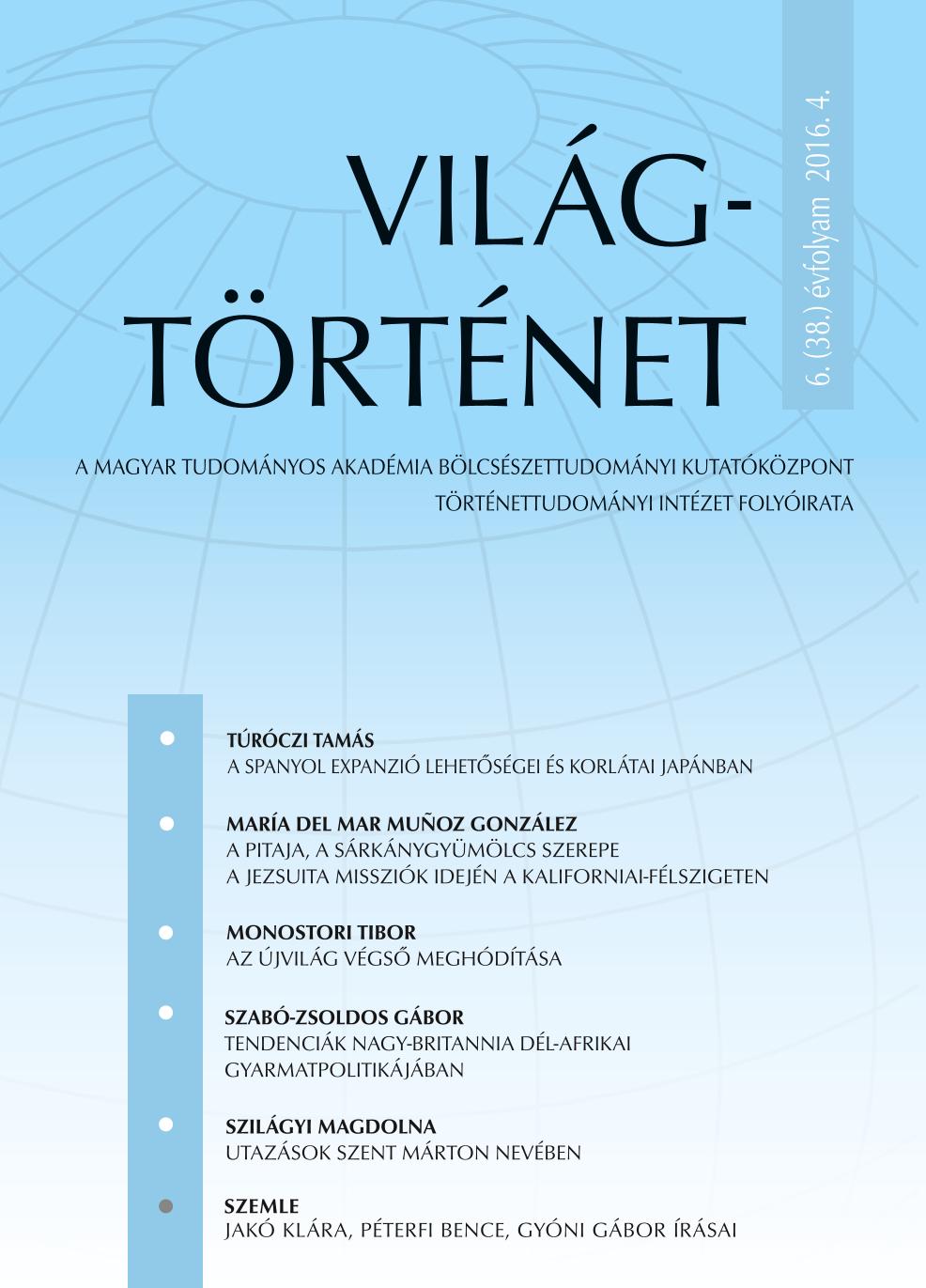A pitaja, a sárkánygyümölcs szerepe a jezsuita missziók idején a Kaliforniai-félszigeten, 1697–1768
The Role of the Pitahaya, the “Dragon Fruit” at the Time of the Jesuit Missions in Lower California Peninsula, 1697–1768
Author(s): María del Mar Muñoz GonzálezSubject(s): 18th Century
Published by: Magyar Tudományos Akadémia Bölcsészettudományi Kutatóközpont Történettudományi Intézet
Summary/Abstract: The Jesuit missionaries arrived in Lower California in 1697. The missionaries had a specific purpose: to ensure the evangelization of Californian Amerindians, but it should also lead to an expansion of the territories of the Crown as well as to the establishment of the Viceroyalty’s central authorities and the local administration. They met many adversities: climate, terrain and semi-nomadic communities. The Crown wanted the missions to be founded to help the Manila Galleon in its “tornaviaje”. All these provide a framework for the contacts between the Jesuit missionaries, the native communities of the Peninsula and sailors from the Philippines.
Journal: Világtörténet
- Issue Year: 2016
- Issue No: 4
- Page Range: 527-546
- Page Count: 20
- Language: Hungarian

